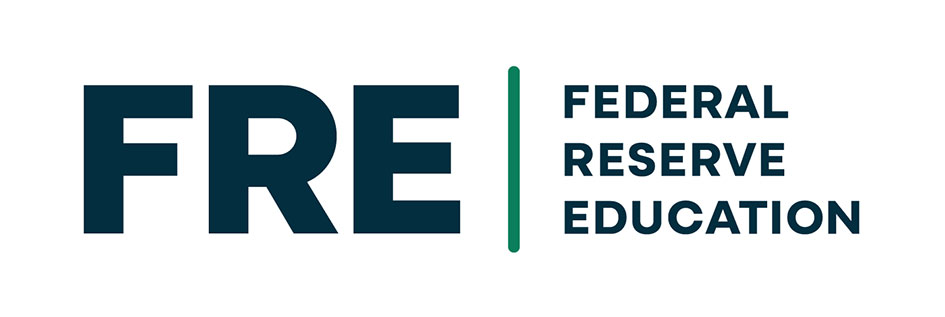The Great Depression Lesson Plans
Teachers, Find It All at FederalReserveEducation.org
Brought to you by the Federal Reserve System, the site is a free platform with resources for K-12 and college classrooms. Check out these expertly created Federal Reserve resources for teaching about the Great Depression. Links take you to FederalReserveEducation.org.
The Great Depression curriculum includes six stand-alone lessons, allowing you to choose the lessons most appropriate for your students. Although each lesson is written to stand alone, the lessons are sequenced for instruction so that you can use the entire unit.
The Great Depression: An Overview
Introduce the causes and consequences of the Great Depression to your students with an introductory essay from David C. Wheelock, economist at the Federal Reserve Bank of St. Louis and an expert on the Great Depression.
Lesson 1 – Measuring the Great Depression
This lesson introduces tools—such as Gross Domestic Product (GDP), the unemployment rate and the Consumer Price Index (CPI)—that are used to measure the economy’s health, through an analysis of simple bar charts and graphs. Developing an understanding of these concepts is critical to understanding the magnitude of the economic problems that took place during the Great Depression.
Lesson 2 – What Do People Say?
It is important for students to understand that occurrences such as the stock market crash—and other events that affected particular sectors of the economy—were important, but not significant enough to cause the Great Depression. By reading fictitious letters that reflect actual problems and people’s concerns during the Great Depression, students begin to identify with the people of that era and to uncover the problems that people experienced during the Great Depression.
Lesson 3 – What Really Caused the Great Depression?
Through participation in two simulations, students determine that bank panics and a shrinking money supply were the primary causes of the Great Depression. Through an additional activity, they see how the many other factors they have discussed exacerbated the situation.
Lesson 4 – Dealing with the Great Depression
Students learn about programs initiated through the New Deal and recognize that the value of most of these programs was their effects on the confidence that U.S. citizens had in the economy. Students also identify the impact that these programs had on the role of the U.S. government in the economy.
Lesson 5 – Turn Your Radio On
Students use excerpts from Franklin Delano Roosevelt’s “fireside chats” to identify his plans for restoring the economy. They determine that using available technology to communicate was important to FDR’s effort to restore consumer confidence.
Lesson 6 – Could It Happen Again?
Students learn about the roles and functions of the Federal Reserve System. Through a simulation, they learn how the Fed manages the money supply, identify what central bankers have learned about implementing monetary policy as a result of the Great Depression, and recognize the steps the central bank has taken to respond effectively to financial crises since that time.
These high-quality teaching resources were created by economic education specialists at the Federal Reserve Bank of St. Louis. They are free to use in your classroom.
Meet Kit: An American Girl (Lesson for Grades 3-5)
Students listen to the story Meet Kit about a young girl’s life in America during the Great Depression. Through discussion and role-playing, they learn about the impact that unemployment and reduced consumer and business spending can have on people’s lives.
Potato: A Tale from the Great Depression (Lesson for Grades 2-4)
In this lesson, students learn about barter and money through a story about a family during the Great Depression. Students then learn about the difficulties of using barter to satisfy wants through an active learning assignment.
Saving Strawberry Farm (Lesson for Grades 3-5)
In this lesson, students learn that saving is essential to economic well-being, especially in times of extreme economic downturn. Students read a story about a Depression-era family and then simulate a bank run to see how savings are affected.
Sky Boys: How They Built the Empire State Building (Lesson for Grades 3-5)
In this lesson, students learn about human resources, productivity, human capital, and physical capital. They participate in three rounds of a reasoning activity and listen to a story about how the Empire State Building was built.


